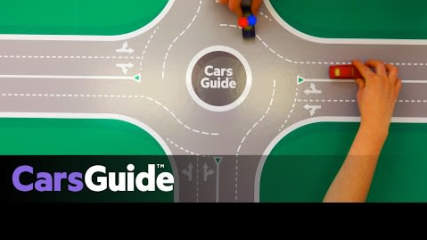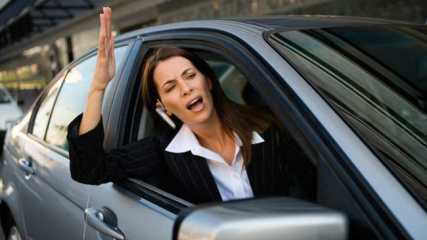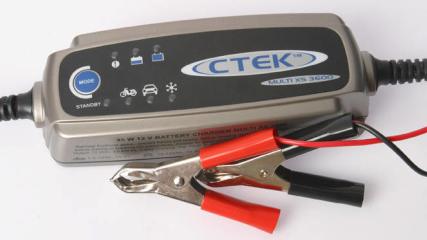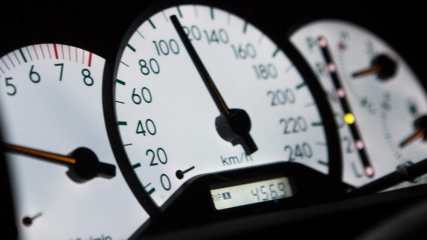What's the difference between power and torque?
By David Morley · 05 Oct 2022
Q: What is the difference between torque and power?A: It’s the age-old question that still baffles many car enthusiasts, but it’s really not that difficult when you break it down. As in: Torque is the force produced by (in cars and trucks) either burning a hydro-carbon fuel in an engine or (increasingly these days) applying an electric current to an electric motor. Power is simply that torque multiplied by engine speed.Fundamentally, then, an engine’s torque is the measure of its muscle and how much it can flex. Power is how fast it can flex it across a given period of time. In a boxer, torque would be how hard he or she could punch; power is how fast they could produce those blows.In the car world, the fundamental difference between horsepower and torque is that torque is real. Power, meantime, is the theoretical result of a mathematical equation that amounts to torque multiplied by revolution speed.Want to dig a little deeper? Okay, torque is a twisting (as opposed to linear) force that wants to rotate something. In the case of your car’s engine, that something is the crankshaft. It’s torque that actually makes the car move and accelerate (as that torque is passed from the crankshaft, though the transmission, differential and, finally, the axles).How fast it accelerates is down to power which, again, is a measure of how fast the engine can produce that torque-force moment. (The equation is also referred to as hp vs torque, horsepower vs torque and power vs torque, but it’s the same science.)Think of it a bit like a huge cargo ship. If you want to accelerate it through water, you need an engine that produces massive torque to get all that mass moving and keep it moving. It won’t be fast (relatively) but it will move thousands of tonnes through water which (in a macro sense) is quite sticky and produces a lot of drag. If, on the other hand, you want to go water-skiing, you use a smaller boat that doesn’t require the same force to get it moving, and power it with an engine that produces a lot of power that can move the vessel quickly.Torque vs power in cars is interesting, because it greatly affects the way the car feels to drive. A low-revving engine (like a turbo-diesel) with a lot of torque for its displacement, won’t rev like a petrol engine so it won’t make as much power (even though it can feel muscular because of its torque).The flip-side is a small capacity petrol engine which doesn’t make a whole lot of torque, but revs to 9000rpm, thereby multiplying that modest torque by a huge factor to arrive at a decent horsepower figure.The concepts of torque vs horsepower are no different between conventional petrol engines and electric motors. In both cases, the torque is generated at the crankshaft (or output shaft on a motor) and is then transferred to the wheels. In fact, the theory holds true for whatever power source we’re talking about. Even when you spin a lazy-susan on a table, you’re applying torque (from your arm) to do so. A wind generator? Yep, that wind hitting the blades of the turbine is creating a torque force, too.Actually, the windmill analogy is also a good way to explain how power is dependent on the rate at which that torque is applied. The faster that wind turbine turns, the more power (in this case electricity) it makes. It really is that simple.Getting back to cars, vehicles with lots of torque tend to be relaxed to drive and don’t require either you or the gearbox to work too hard. A car with less torque but lots of power, meantime (a typical arrangement for race-cars) will require more use of the gears to keep the engine spinning fast and producing plenty of horsepower.Where the engine develops its maximum torque also has an effect here. Again, smaller motors that like to rev do so because their torque peak is high in the rev range. That contrasts with an electric motor which can muster its maximum torque at standstill, which is why electric cars feel so frisky as you leave the green light.Having maximum torque at super-low revs is also why EVs don’t (generally) need more than one gear to take them through the whole range of everyday speeds. Contrast that with a 50cc Grand Prix motorcycle form the 1960s and 70s. Obviously, with just 50cc of capacity, these were never going to be torquey engines and what torque they did make was concentrated in a very narrow rev band. So, to keep the engine producing as much torque (and, therefore power) as possible for as much of the time as possible, the makers produced these bikes with no less than 14 gears. The riders were kept busy but amazingly, these tiny engines would propel the machine and rider to speeds of around 180km/h.

.jpg)
.jpg)




.jpg)

